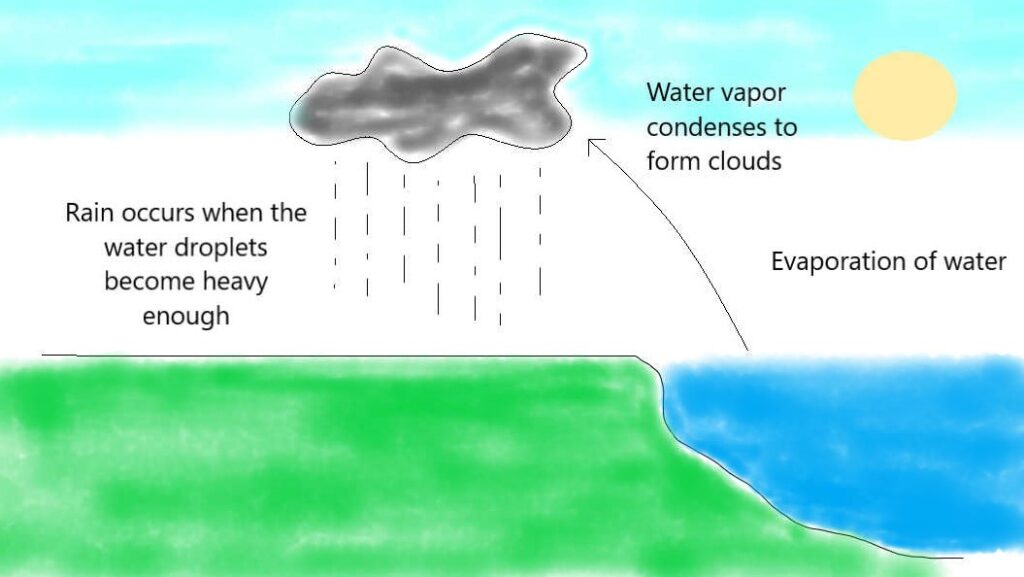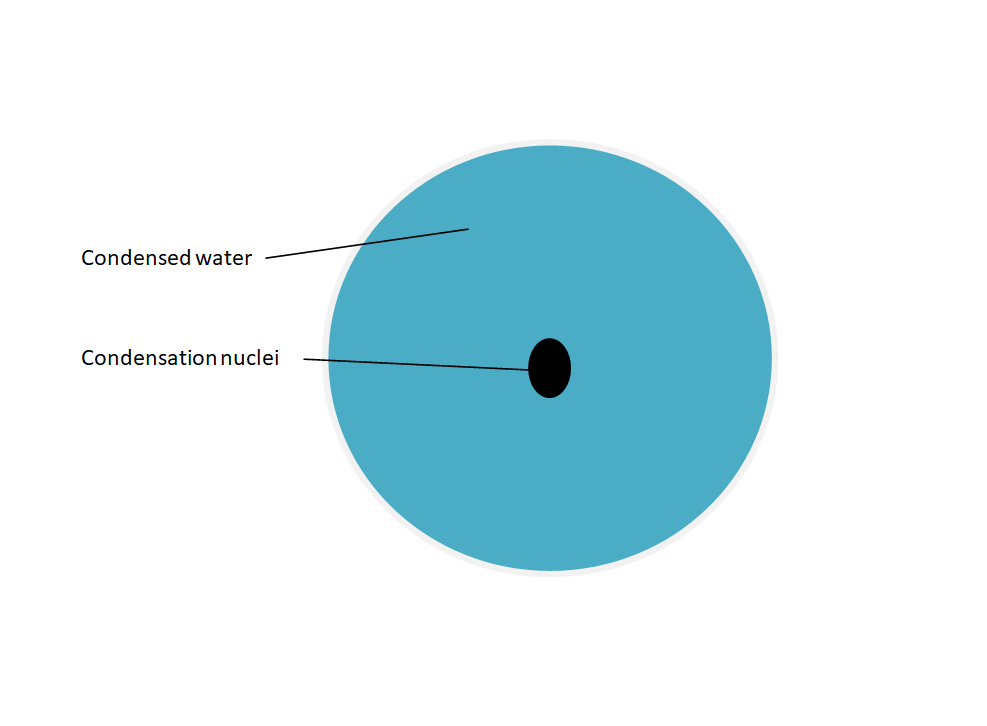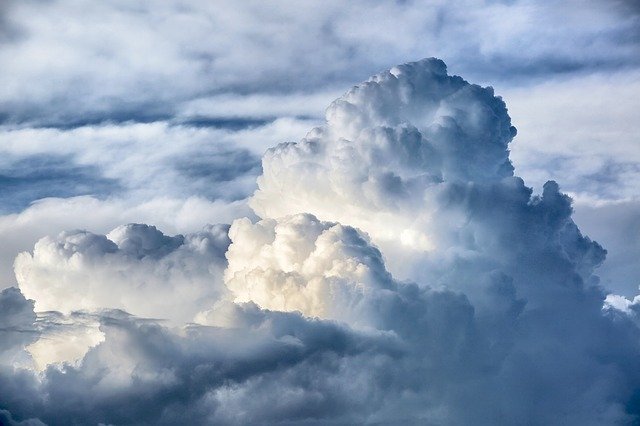Any scenery is incomplete without the clouds in the background. But, how do clouds form? In this article, we will discuss the process of cloud formation. Later, the classification of clouds is also discussed.
How do clouds form?
- When the Sun heats the Earth, the water evaporates to form water vapor.
- The warm moist air then rises up in the atmosphere (hot air being lighter rises).
- As the saturated air (holding all the water vapor it can) rises, it cools and the water vapor changes to either liquid water (condensation) or solid ice (deposition) depending on the temperature.
- The water vapor condenses on tiny particles suspended in the air known as condensation nuclei e.g. dust, salt, etc. and hence water droplets are formed. In case of deposition, ice crystals are formed.
- These droplets/ice crystals merge together to form bigger droplets/ice crystals .
- Cloud is nothing but a large accumulation of these droplets or ice crystals.


This is just a basic explanation of cloud formation. There are various factors involved in the process. Moreover, there are different types of clouds and they are formed at a wide range of altitudes.
Classification of clouds

High-level clouds
High-level clouds occur at an altitude of 5-15 kilometers above sea level. Cirrus, cirrocumulus, and cirrostratus are high-level clouds.
Mid-level clouds
Mid-level clouds occur at an altitude of 2-7 kilometers. Altocumulus and altostratus are mid-level clouds.
Low-level clouds
Low-level clouds generally occur at an altitude of 0-2 kilometers. Stratocumulus, stratus, nimbostratus are low-level clouds.
Vertical clouds
Vertical clouds are clouds with great vertical height. Cumulus and cumulonimbus are vertical clouds.
Fun facts about clouds
- The fog at ground level is a low-lying cloud.
- The cloud cover in the sky is expressed in eighths. 4/8 is a half-covered sky, 8/8 is a fully covered sky, 2/8 is a quarter-covered sky.
- Nimbostratus clouds are also known as rain clouds.
- Cumulonimbus clouds are also known as thunder clouds.
- An overcast sky is a sky with over 95% cloud cover.
Read more